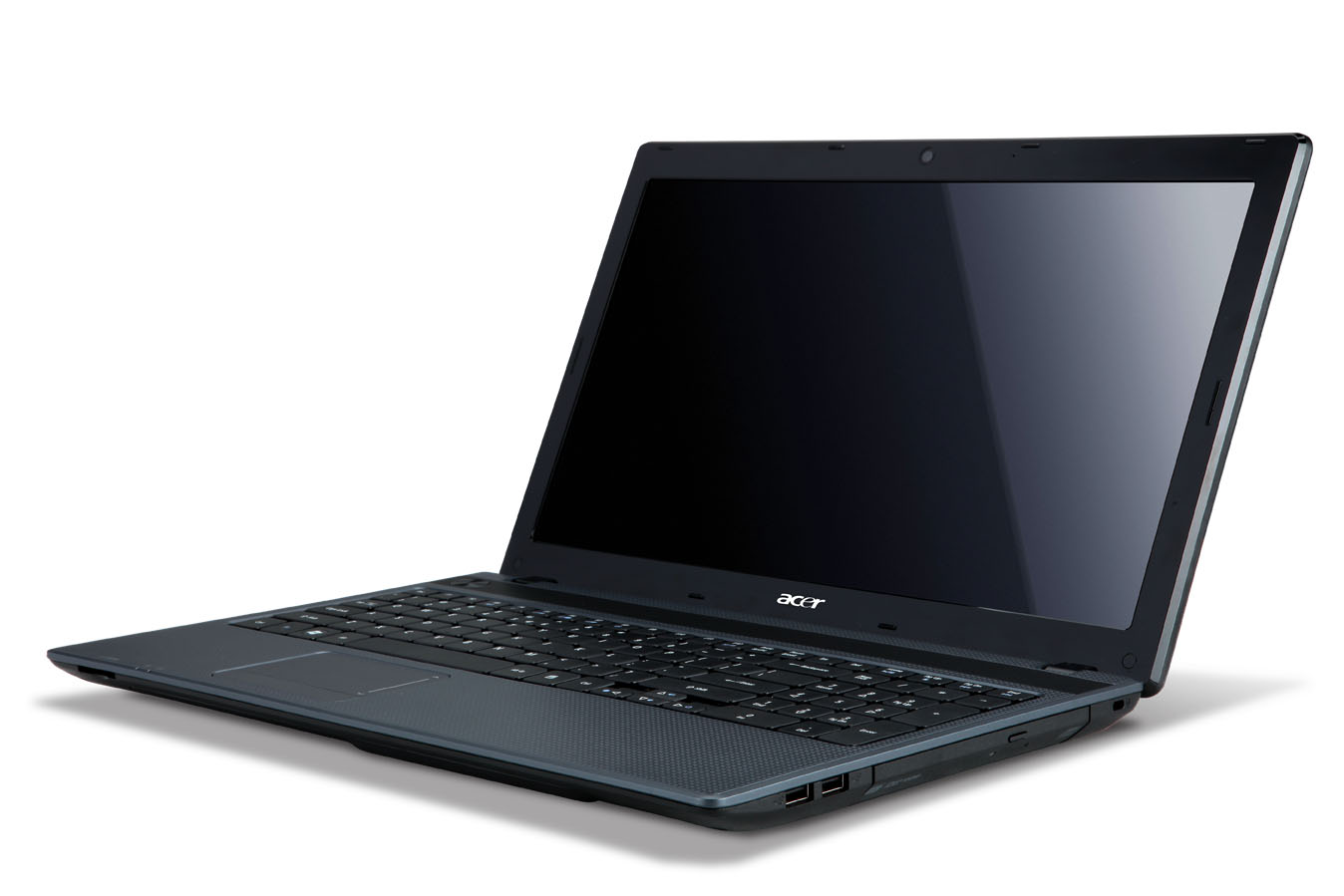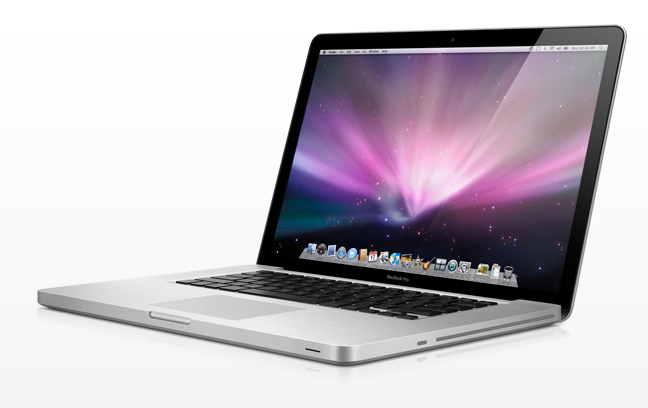History of the Computer
Before I tell you all the history of the computer, first we need to know what a computer actually is.
A computer is a device that can be programmed to carry out certain arithmetic or logical operations, store information and complete tasks.
Throughout the ages of history, these so called computers have advanced tenfold. From the first "computers" of the Roman Empire used for basic sums and multiplications to the mighty Apple Mac that we know today. In this post I shall explain the history of electronical computers right from the first day until the latest computers avaliable on the market today.
First Generation
There is no easy answer to which computer and who invented it was invented first. What is clear is that the word "computer" was first used in 1613 to describe someone who performs calculations or mathematical computations and this definition would be mantained until the early years of the XIX century.
What is clear, is that in 1822 a man called Charles Babbage purposed and began developing the "Difference Engine". This was the first machine considered a computer and it was capable of computing several untis of numbers and making hard copies of the results. He could never make a full scale model of this machine as he didn't have to funding to do so.
Second Generation
The second generation makes way for a new series of machines that are programmable.
The first progammable computer was invented by Konrad Zuse in 1936. It was called the Z1. It was the first computer with a modem and the first machine considered usable.
In 1943 Tommy Flowers developed The Colossus, the first eletric programmable computer.
Third Generation
The third generation implies the first digital computers were born.
The first digital computer was called the ABC and it was invented by John Vincent Anastoff and Cliff Berry in 1937 and continued to be worked on until 1late 1942. This computer did not have a CPU but could complete binary maths tasks. ABC stood for Anastoff Berry Computer.
The
ENIAC was invented by
J. Presper Eckert and
John Mauchly at the University of Pennsylvania and began construction in 1943 and was not completed until 1946. It occupied about 1,800 square feet and used about 18,000 vacuum tubes, weighing almost 50 tons
Fourth Generation
The first transistor computer was created at the University of
Manchester in 1953. The most popular of transistor computers was IBM
1401. IBM also created the first disk drive in 1956.
Fifth Generation
First microchips-based central processing units consisted of multiple
microchips for different CPU components. The drive for ever greater
integration and miniaturization led towards single-chip CPUs, where all
of the necessary CPU components were put onto a single microchip, called
a microprocessor. The first single-chip CPU, or a microprocessor, was
Intel 4004.
The advent of the microprocessor spawned the evolution of the
microcomputers, the kind that would eventually become personal computers
that we are familiar with today.
 As microcomputers continued to evolve they became easier to operate,
making them accessible to a larger audience. They typically came with a
keyboard and a monitor, or could be easily connected to a TV, and they
supported visual representation of text and numbers on the screen.The
consequence was a predictable exponential increase in processing power
that could be put into a smaller package, which had a direct effect on
the possible form factors as well as applications of modern computers,
which is what most of the forthcoming paradigm shifting innovations in
computing were about.Possibly the most significant of those shifts was
the invention of the graphical user interface, and the mouse as a way of
controlling it. Doug Engelbart and his team at the Stanford Research
Lab developed the first mouse, and a graphical user interface,
demonstrated in 1968. They were just a few years short of the beginning
of the personal computer revolution sparked by the Altair 8800 so their
idea didn’t take hold.
Laptops
The first laptop that was commercialized was Osborne 1 in 1981, with a
small 5″ CRT monitor and a keyboard that sits inside of the lid when
closed. It ran CP/M (the OS that Microsoft bought and based DOS on).
As microcomputers continued to evolve they became easier to operate,
making them accessible to a larger audience. They typically came with a
keyboard and a monitor, or could be easily connected to a TV, and they
supported visual representation of text and numbers on the screen.The
consequence was a predictable exponential increase in processing power
that could be put into a smaller package, which had a direct effect on
the possible form factors as well as applications of modern computers,
which is what most of the forthcoming paradigm shifting innovations in
computing were about.Possibly the most significant of those shifts was
the invention of the graphical user interface, and the mouse as a way of
controlling it. Doug Engelbart and his team at the Stanford Research
Lab developed the first mouse, and a graphical user interface,
demonstrated in 1968. They were just a few years short of the beginning
of the personal computer revolution sparked by the Altair 8800 so their
idea didn’t take hold.
Laptops
The first laptop that was commercialized was Osborne 1 in 1981, with a
small 5″ CRT monitor and a keyboard that sits inside of the lid when
closed. It ran CP/M (the OS that Microsoft bought and based DOS on).







